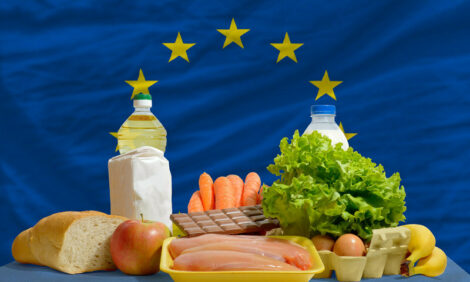



Algeria Milk Powder Imports Slow Down, Access Opens for US
ALGERIA - Algeria is one of the world’s largest powdered milk importers and relies heavily on imported powdered milk for its growing needs, reports the USDA's Foreign Agricultural Service.
Increasing dairy production is an important government priority. The Ministry of Agriculture has established several programs to expand herd size and productivity by expanding artificial insemination, embryo transfer, and pastures, to import pregnant heifers and dairy cattle and to establish better quality control in the dairy sector. These programs may provide good opportunities for US exporters of dairy cattle and genetics once a new certificate is negotiated.
The government recently suspended import duties and value-added taxes on cattle feed and co-products, including corn, DDGS, and corn gluten feed (CGF) as well as soybean meal to help moderate input costs and curb inflation on prices of animal products, particularly meat and poultry. Increasing feed demand may also provide a good opportunity for US exports.
CY 2012 powdered milk imports through July indicate a somewhat slower pace of imports than in CY2011. Algeria has started to import US dairy products following the adoption of the new US sanitary certificate. During the first seven months of CY 2012 (Jan-Jul), Algeria imported 252 MT of non-fat dry milk, 94 MT of butter, and 69 MT of cheese from US suppliers.
Although US suppliers face stiff competition from the EU and New Zealand, Algeria has good market potential for US dairy products, especially with the adoption of the new US sanitary certificate.
In February 2012, an Algerian dairy trade mission visited the United States to meet US suppliers and to learn about US products and quality. US exporters and their market development associations need to become more engaged in the Algerian market in order to increase US exports and improve the reputation of the United States as a reliable supplier of high quality products in Algeria’s large and growing market.
Further ReadingYou can view the full report by clicking here. |
TheCattleSite News Desk


